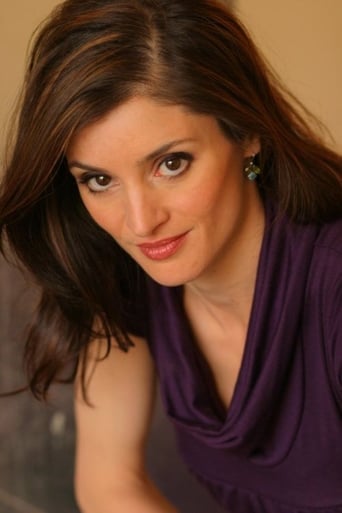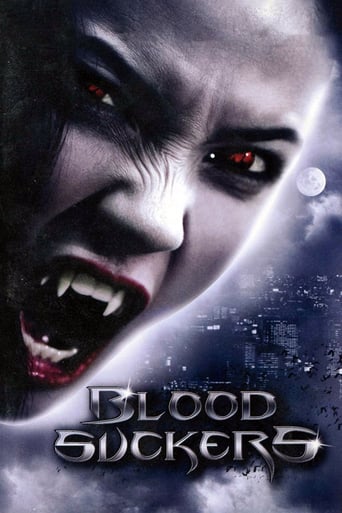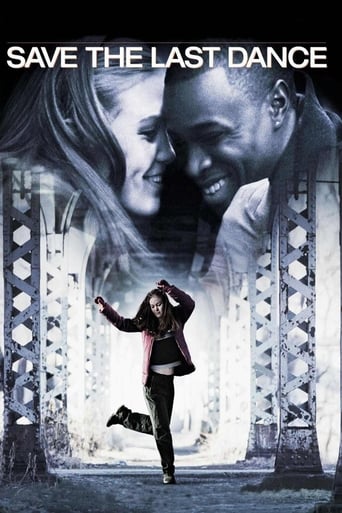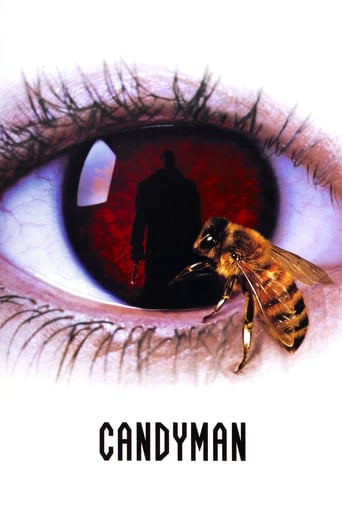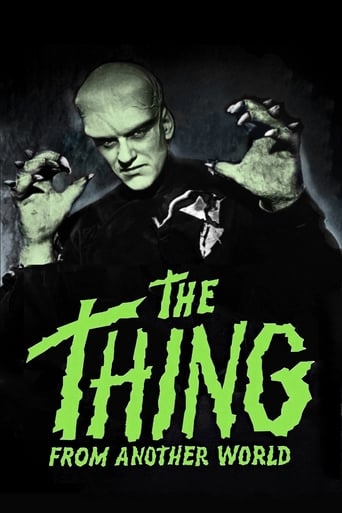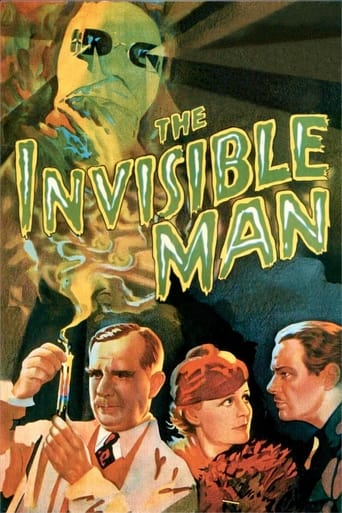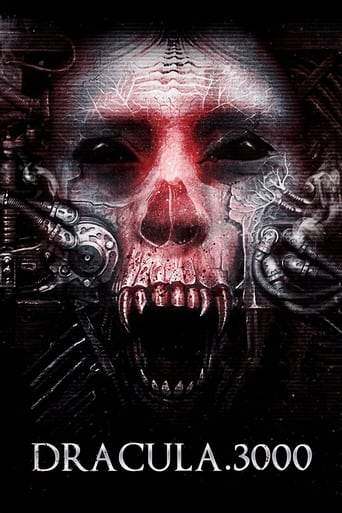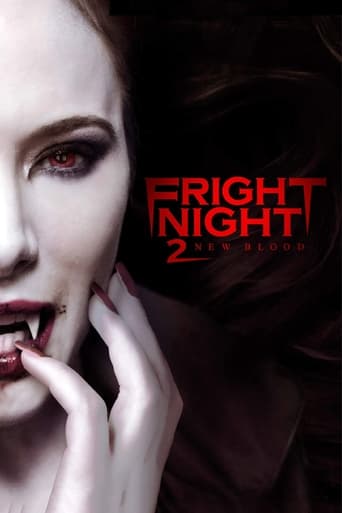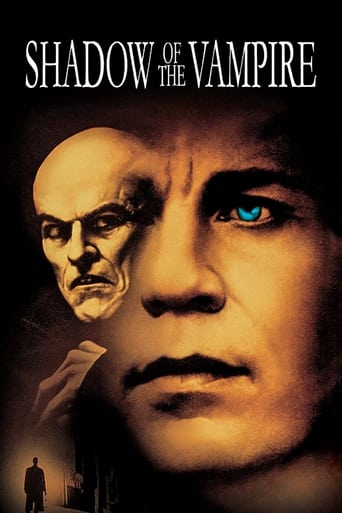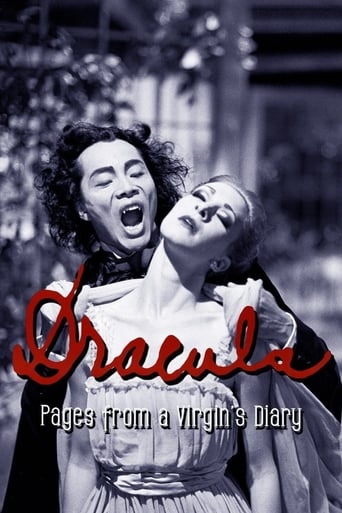
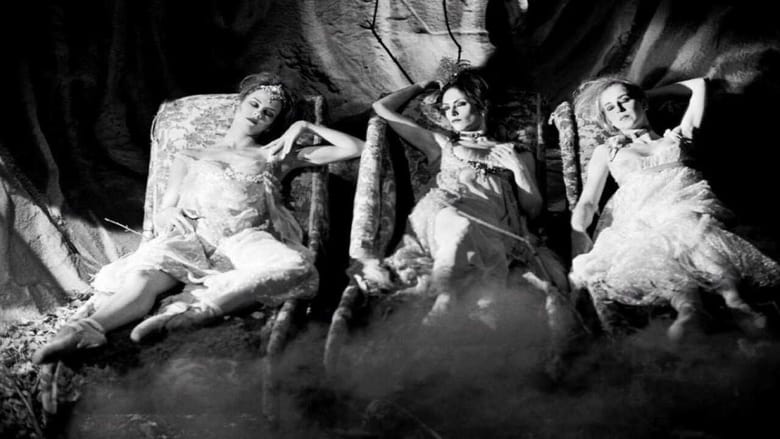
Dracula: Pages from a Virgin's Diary (2002)
A cinematic version of the Royal Winnipeg Ballet's adaptation of Bram Stoker's gothic novel Dracula. Filmed in a style reminiscent of silent Expressionist cinema of the early 20th century (complete with intertitles and monochrome photography), it uses dance to tell the story of a sinister but intriguing immigrant who preys upon young English women.
Watch Trailer
Cast
Similar titles

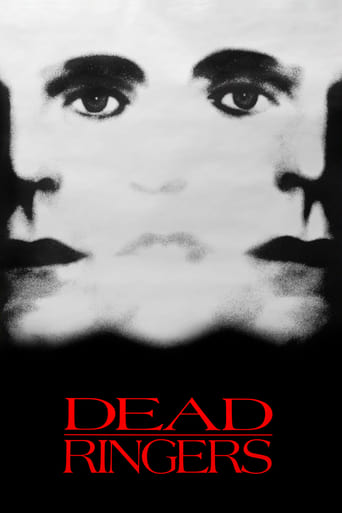
Reviews
everything you have heard about this movie is true.
Fun premise, good actors, bad writing. This film seemed to have potential at the beginning but it quickly devolves into a trite action film. Ultimately it's very boring.
what a terribly boring film. I'm sorry but this is absolutely not deserving of best picture and will be forgotten quickly. Entertaining and engaging cinema? No. Nothing performances with flat faces and mistaking silence for subtlety.
Actress is magnificent and exudes a hypnotic screen presence in this affecting drama.
This film may not be the best adaptation of Dracula, but it is definitely the most special version.Bravo! It combines the charm of a silent film with the beauty of ballet. How unique it is! Throughout the film, one can hear no dialog, only music. Ideas are conveyed through graceful dancing movements. Never seen anything like this! A vampire film done like this, WOW!Seeing Dracula portrayed by an actor who looks Asian is also very interesting.What ruins the film is the finale. What happens towards the end makes absolutely no sense. Apparently, Dracula killed the small group led by Van Helsing, including the leader himself. Then later suddenly these dead guys all miraculously came back, and staked Dracula to death instead. What is also incomprehensible is that Mina took up a crucifix to repel Dracula while she, being a newly made vampire, was not affected by the holy item at all.These faults/plot holes stopped this film from being the best Dracula adaptation on my list. The ending certainly remains to be tweaked a little bit.So far, the best adaptation of Dracula is a 2002 Italian version called "Dracula's Curse", which is my favorite.Forget about that crap by Francis Coppola. That 1992 version is an insult.
What does it mean exactly to say that Guy Maddin's Dracula: Pages from a Virgin's Diary is stylish? Movies that, conversely, have a seeming "lack" of style like a minimalist movie ala Jarmusch em to get the short end of the discussion, while Maddin tries his hardest to make his images and movements of cinematic dexterity *pop* like cracking of knuckles on a movieola. It is a crazily inspired vision, stylized with urgency and a force to be reckoned with as far as taking silent film and pushing it into a new kind of expression: the ballet. Whether or not this will please people looking for a solid Dracula movie is another matter, since it isn't much, at all, a coherent telling of the Stoker story.And maybe rightfully so; people need to know right up front that Pages from a Virgin's Diary is one of the most unconventional vampire movies ever, and not because it changes around anything with the myth or even with many of Stoker's characters (although there is a Cowboy or other in the film that I don't remember in Stoker's story or Coppola's film). It's the expression of the story, told through the characters dancing and going through pantomime and detailed choreography that is both dazzling and frustrating. Unless you're really heavy into ballet and dance, after about half an hour some of this becomes just too much, and too much in the repetitive sense. Characters also keep popping up with title cards extended for them, but with the exception of Renfield (who's given a face by the actor that is remarkable), I couldn't entirely follow who was who, except that a Chinese guy drifted in and out and turned to be a vampire, yada-yada, etc.I shouldn't be this dismissive of the story, or the manner in which it was told. And, besides, I didn't go into the film thinking I would get an instant classic of the most noted (maybe too noted) source of vampire lore in history. What I did get was a fever dream, nd kaleidoscope, and experiment tossed into a blender of 1920s expressionism given more freedom than ever with 21st century technology, and hints of what was to come a few years later with Sin City's attempts at giving black and white film-making some "color" from time to time. The symbols come flying out almost as much as the dizzying camera-work, sometimes going as fast as the dancers, and for someone looking for just inspired direction on a familiar theme this is definitely where to look; in fact as far as the kind of Nosferatu story goes, this is as daring as Herzog's film.It just isn't entirely involving on an emotional level, and Maddin sets it all up and knocks it down like a very small-range technical exercise. Few exercises are this exhilarating or with such inventiveness with the process and history of film-making, but it's an exercise nonetheless. B+
When the Winnepeg Ballet Company wanted to film a version of 'Dracula:Pages From A Virgin's Diary', what better director could they have chosen but Guy Maddin for the job. As the ballet featured absolutely no dialog, Madin was easily the best choice for the job, as dialog seems to be unnecessary for his films (his inspirations are old German silent expressionist films such as 'The Cabinet Of Dr. Caligari & Nosferatu, as well as Soviet directors such as Dziga Vertov, who was responsible for the long running 'Kino Pravda'series, as well as Sergei Eisenstein, who directed such films as 'Alexander Nevsky'). The film's visual look,which at times feels like one is watching this film while experiencing a 110 degree fever dream (while f****d up on magic mushrooms). A DVD screening is probably the best chance of catching this overlooked film (distribution was very limited in this country)
I am completely revising my must see list after watching this. I know only one other of Maddin's projects, his "Saddest Music in the World" of the next year. I rated that in my category of films you must see. The rules of that list are that no more than two films per year, nor no more than two per filmmaker can be on it. This almost bumped "Talk to Her" off that list. It may yet. Let me advise you now that this is powerful and important stuff, the only successful marriage I know of literature, dance and film. In fact I know few that successfully integrate any two, much less masterpieces in each medium.The story itself is greatly enriched: all the most terrifying horror is beautiful, and this is: an arc of desire across your life for that hour and a half. Where the original was only about sex, this is written larger to race, money, power and all in an erotic context that transcends sex. You'll notice when seeing this that it is more true to the book than any other filmed version.Now just think for a moment about this: Dracula has been filmed by Murnau, Browning, Warhol, Herzog, Franco, Coppola and herds of lesser lights. No where has the scope been this broad and sharp.(The device of the diary has been changed from the detective's to the virgin's, a master concept that indicates the deep thought that went into this. Exposure to that diary makes the girlfriend sex-crazed, for instance, as if the art itself were the infected blood.)The dance. The choreographer has put together something that is remarkable, even seen merely as a ballet. It uses Mahler's music, by the way. That music is usually so overtly ripe it smells of selfish world conquest. It says something that here it seems merely supportive, that what you see on the screen is bigger.So the choreography affects powerfully but what matters is the cinematic rendition. This is far more evocative as filmed ballet than a live performance can ever be, because we are allowed to have our eyes dance as participants. When a character's eyes flutter and question, ours do too. When the dance suggests a motion, it is us that completes it or gives it a resting place. The integration of choreography and cinematography is the best I have ever had in my life: beyond the sheer energy of "Red Shoes" to intimacy.But it is the other cinematic qualities that make this unique. Dracula is a powerful story only because it evokes notions of the past that have power to awaken and live in our souls. Those notions are like the vampire and carried by him in the story. Once we touch them -- have sex with them, we are infected, transformed.How to convey that cinematically? Why by evoking old film techniques as the story did literary ones. (Today that evocation by hacks is inaptly called "gothic.") So we have a silent film. Actually a postmodern comment on a silent black and white film. Lots of reminders of the camera in cropping and Vaselined lenses. Occasional tinting (blood and lucre), overtly theatrical sound effects, wobbling when we have to move quickly (or die).The gauzy camera lens is made three dimensional with fog that extends the blur as the camera motion is also made three dimensional by the moving crowd. The whole thing has a phrasing and rhythm that is so well integrated among the dance, light, camera, story and music it is as if the things coevolved from the big bang.Whoever did the art design deserves a reward. The sets are organic and in the last half in the lair, overtly vaginal -- so overtly it shocks. It must have been drawn at the same time as the choreography.There's sex and beauty and seduction here. Be seduced my friends. Succumb. Art requires seduction and in the process some infection of urges. It is all about the dance -- Succumb, dance, die.Ted's Evaluation -- 3 of 3: Worth watching.
